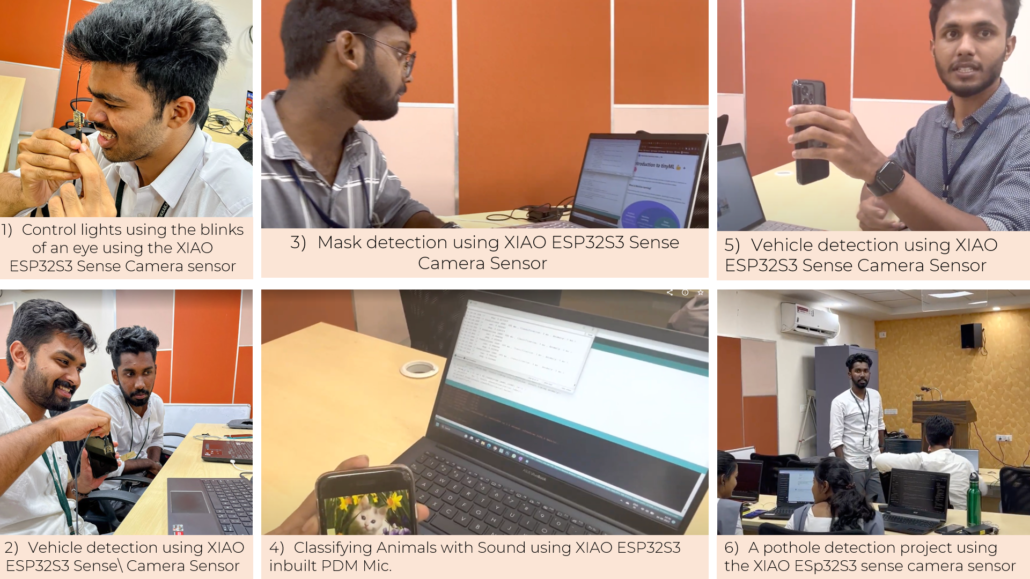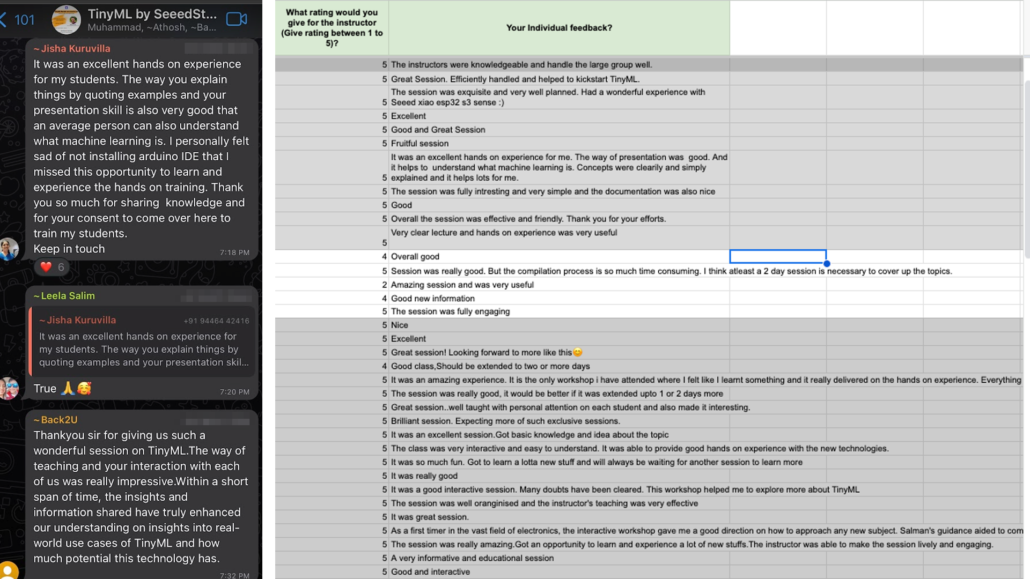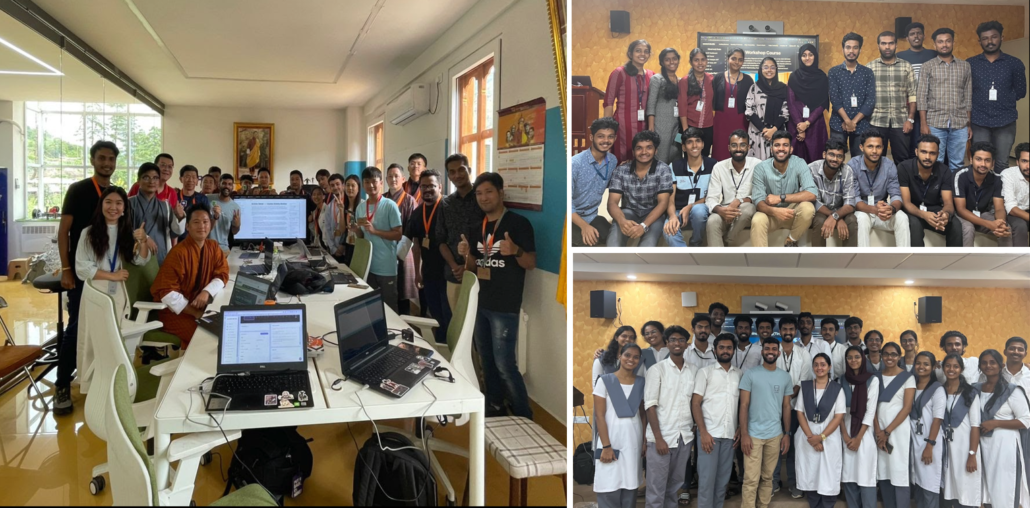Unlocking the Power of TinyML: XIAO Workshop Journey in August
Hey there, if you’ve been keeping an eye on our updates, you probably noticed the exciting new TinyML workshop course we rolled out on our wiki last month. If you haven’t, no worries – we’ve got all the exciting details right here.
This workshop is guiding you in diving into the world of EdgeLab, exploring the limitless possibilities of Edge Impulse, and getting your hands with real-world TinyML action on the XIAO ESP32S3 Sense development board. Thanks to the incredible efforts of our Ranger (Seeed Ranger Program is an initiative that aims at collaborating with skilled and experienced developers who also have a passion for community building and sharing, will announce more details soon!), Salman Faris, the TinyML workshop was a great success in India! And now, let’s take a moment to relive the magic through Salman’s captivating recap. Buckle up – it’s going to be a fantastic journey!
Recap of August TinyML Workshop
” In the last few weeks, we have been actively taking hands-on sessions using the XIAO ESP32S3-Sense and Edge Impulse platform in India...
The XIAO ESP32S3-Sense is the best development board for the hands-on workshop as it has an onboard camera and PDM microphone. So we can easily get started with tinyML projects that require a camera and microphone with no external add-on boards or tools.
As we followed the Seeed Studio tinyML workshop guide listed on the Wiki page, all the steps and tools were mentioned well. We start the session with an introduction to AI, ML, and DL explain other technical terms and basic understanding, and make sure that participants will get an idea about what’s happening in the AI/ML world and what we are going to learn.
The workshop is divided into 3-main parts 4 experiments and 1 main project. Each participant will start the learning by experimenting with the pre-flashed tinyML model to select the face. Just need to plug the XIAO-ESP32S3-Sense into the computer and use the SeeedStudio SenseCraft platform to see the output. The main aim is to create a curiosity to drive the coming experiments. After the first hands-on participants will understand the XIAO ESP32-S3 Sense.
Peripherals and how to connect it with a SenseCraft platform to invoke a pre-built model.
In the 2nd experiment, participants need to flash pre-compiled binary files to run the “keyword-spotting” project. Here, we will try to make a smart light that can be controlled with a voice.
After these two project experiments participants will get an idea about what are the possible things we can do with tinyML and how easy to run it on a microcontroller.
After the binary experiments, We will write our first program in Arduino and run it on the XIAO ESP32S3 Sense. It’s a Hello World program also known as Blink. From this stage, participants will face issues like board selection issues, port selection problems.. etc. and they also learn new things while fixing it. After that, we will move to a more advanced Arduino library example, where participants try to use the tinyML models as an Arduino library. They need to download and import to Arduino IDE and then compile and upload to the board.
Using the library, participants will compile and upload the same project we did as binary. Instead of face recognition, we have fruit classification and for those who complete first, I usually provide a task: print the price tag when identifying the fruit. For example: If it detects a banana, it should print “ “It’s a Banana 
Once they do both Arduino library examples, participants will learn about basic compile and upload operations, NN-Files copying PSRAM enabling..etc.
After the experiments, we will have a break for lunch. And I asked participants to think of something that AI/ML can solve and share it after the break.
Then I went through the process of collecting the data, creating the model by using the edge impulse and finally exporting the model as Arduino library, At this stage participants learned a lot and understood and got a whole picture of how the tinyML projects are made. Since I have been through the KWS and Image recognition project fully, they can do the same project from scratch or they make entirely new projects, and I always ask them to make their own projects.

And much more, participants were creative and made many fascinating and funny projects. I had a wonderful time working with them and debugging a lot together.
Conclusion
TinyML is such a nice blend of technology that uses data from the real world to make meaningful decisions all at low cost, low energy and low space, It’s amazing. XIAO ESP32-S3 is a low-cost beginner-friendly platform to learn and build tinyML applications and I got a chance to train 50+ participants in 3 workshops and work with them and witness their creativity using the tinyML concepts to solve real-world problems.
And we got amazing feedbacks:

A few group photos from past tinyML sessions:

Here are some LinkedIn records about the workshop experience and you can take a look: Post 1, Post 2. If you are looking for a session in your university or maker space to upskill, request a workshop by filling out this form here. “
That’s it for this entry. As always, we can’t wait to see what you make. Shoot us a tweet @seeedstudio, let us know on LinkedIn, Discord, or publish your project on our Project Hub on Hackster. Please be safe out there, be kind to one another, and we’ll see you soon with even more exciting news!